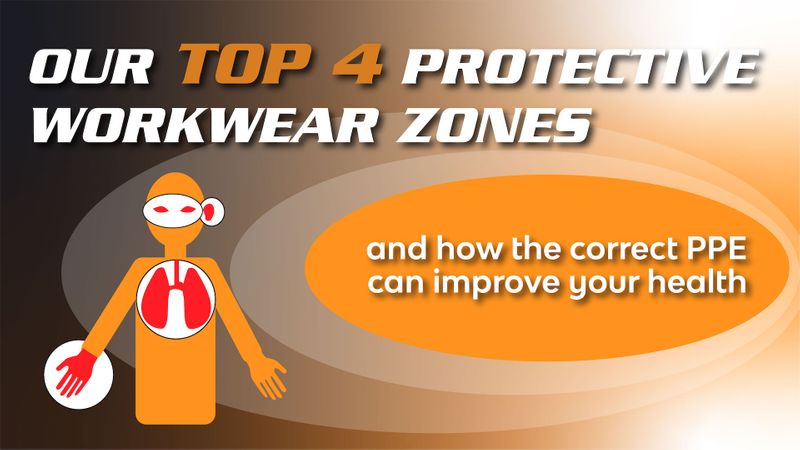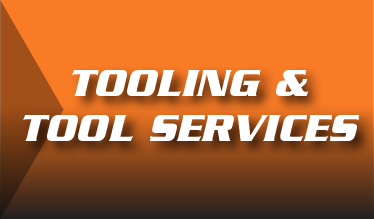Our TOP 4 Workwear Zones, and how the correct PPE can improve your health.
Discover our Top 4 protective workwear zones, and how you can improve your long term health by using the correct PPE.
What’s the biggest frustration we face as we age? The deterioration of vital abilities such as sight, hearing, the ability to touch and hold firmly with our hands, and importantly, the ability to breathe easily. If we don’t look after these abilities, we may experience the effects of damage far earlier than we’d like.
AJP’s TOP 4 Protective Workwear Zones
We recommend addressing these zones first when you’re gearing up with your workplace safety clothing. Bearing in mind that two of the most common workplace injuries are exposure to loud noise and inhaling toxic fumes.
1. EYES
The best way to protect your eyes starts with safety glasses. This can include goggles, additional head coverings such as shields, a range of glasses and protective eyewear. Small particles can enter the eyes in the workplace and irritation may range from severe to barely noticeable. Over time, this effects your sight and is why we must wear protective eyewear.
All of the glasses we stock at AJP are tested to the Australian/New Zealand Standard which covers; the general finish and make, quality of materials, the optical properties of the lenses, ventilation, dimensional requirements for face shields and spectacles, lateral protection, impact resistance, penetration resistance, flame propagation, thermal stability, protection against corrosion, low impact protection, medium impact protection, high impact protection.
2. LUNGS
When it comes to protecting the lungs for long term health, we need to consider what we’re inhaling. There are there are 6 forms of airborne hazards – Dust, Mist, Fumes, Vapour, Gas and Oxygen deficiency/enrichment. The right respiratory gear such as masks will help protect you from such hazards and the effects on the efficiency of our lungs over time.
Did you know that all masks are rated? P1 is to protect against mechanically generated particles. P2 will protect against mechanically and some thermally generated particles. Respirators fitted with an active carbon filter protect against nuisance-level organic vapours.
3. EARS
Ear damage can happen slowly over time. To protect your hearing, you’re able to get a range of different types of hearing protection;
- Ear Muffs
- Disposable Ear Plugs
- Reusable Ear plugs
- Banded Ear plugs
- Metal Detectable ear plugs
Did you know that an Electric drill is 98dB? You will need Class 3 ear plug or more. Our team can help you with the right ear protection for your specific workplace environment.
4. HANDS
The most obvious choice in hand protection is to use gloves. Did you know that all gloves are taken through test methods? We are able to determine what glove to use by test methods to make sure you are covered;
EN388 – Mechanical Risk Standards - Resistance to Abrasion, Blade Cut Resistance, Teat Resistance and Puncture Resistance
EN374 - Chemical Risk standards
EN511 – Protection from cold Standards
EN407 – Thermal Risk Standards
EN420 – General Occupational Protective Standards
EN12477 – Welding Glove Standard
Remember that your hands can be damaged by cuts, burns, chemicals, lacerations, and abrasion over time, as well as absorbing chemicals into the body through the skin. Get the right gloves for your work to protect your body for the long term.
PPE matters - don’t just shrug it off and suffer the consequences later. Talk to our team about your needs and let’s get you sorted!
Contact us here.






